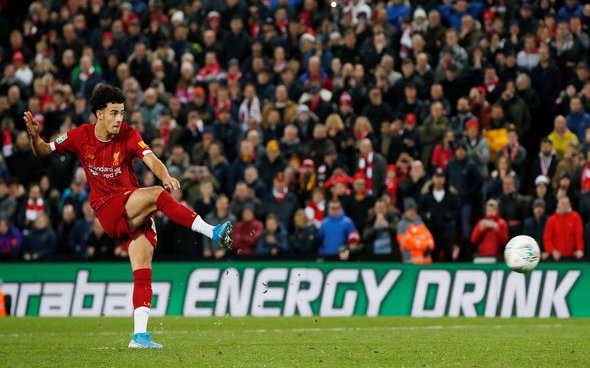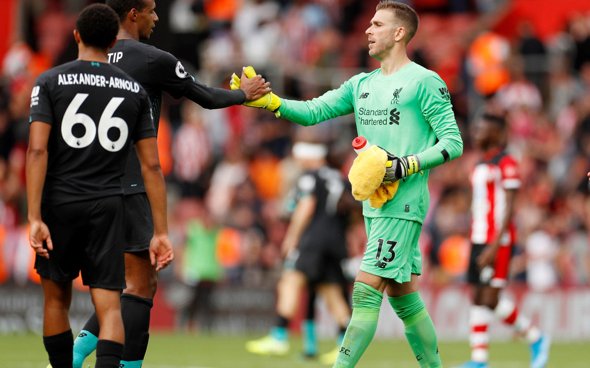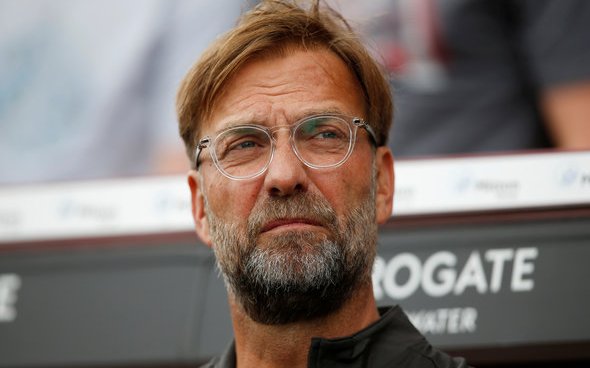 On April 15th 1989, Liverpool were due to play Nottingham Forest in a FA Cup Final tie at Hillsborough. They had played at the same venue in the same fixture a year before but this time the day would end in tragedy. Liverpool fans began to arrive at the stadium at noon but there was only one entrance to the stadium for Reds supporters on Leppings Lane through some small, old turnstiles. The terraced lower stand, where they were allocated, was made up of five pens divided by steel fences which were fitted in the 1970s to prevent crowd disturbances and from supporters invading the pitch.
On April 15th 1989, Liverpool were due to play Nottingham Forest in a FA Cup Final tie at Hillsborough. They had played at the same venue in the same fixture a year before but this time the day would end in tragedy. Liverpool fans began to arrive at the stadium at noon but there was only one entrance to the stadium for Reds supporters on Leppings Lane through some small, old turnstiles. The terraced lower stand, where they were allocated, was made up of five pens divided by steel fences which were fitted in the 1970s to prevent crowd disturbances and from supporters invading the pitch.
Ten minutes before kick off though, pens 3 and 4 were full but there were still thousands of fans trying to get into the ground through the small turnstiles, which had caused crushing outside of the stadium. With an official capacity of 2,200, the safety limit for the pens was actually 1,600 due to some ill designed crash barriers, but with at least 2,000 fans still waiting and being crushed outside, at 1452, the police ordered that the large exit gate at Gate C be let open to prevent people getting hurt.
Fans made there way into the ground and went toward pens 3 and 4, both already way over capacity. The sheer numbers of supporters caused crushing inside the pens and fans tried to escape over fences into pens 1 and 5 as 3,000 people, almost double the safety limit, were allowed into the lower stand. A crucial incident happened however five minutes after kick off, as a crush barrier gave way and multitudes of people piled on top of one another. Reds fans tried to escape over perimeter fences onto the pitch while others were helped onto the upper tiers by fellow supporters, pulling some to safety. Just a minute later, a policeman came onto the pitch and ordered the referee to stop the game but it quickly became apparent a tragedy was unfolding.
Advertising hoardings were used as stretchers to carry away the injured and supporters administered first aid to some victims. The authorities’ response was exceptionally bad as firefighters and ambulance were delayed to getting access to the ground. There was justifiable heavy criticism for the police for letting fans into the ground and their failure to control the situation. The Taylor Report which was commissioned after the disaster stated that the key fault by the police was the failure to close off the tunnel leading to pens 3 and 4 once Gate C had been opened. The police also failed to handle the build-up of fans outside the ground properly, and that there was an incredibly slow reaction to the unfolding disaster.
96 Liverpool fans died and 730 were injured that day and it was the catalyst for a radical redesign of all-standing football stadiums. All top flight teams had to have all-seater stadiums and the disaster has had a profound affect on Liverpool and all of English football.


